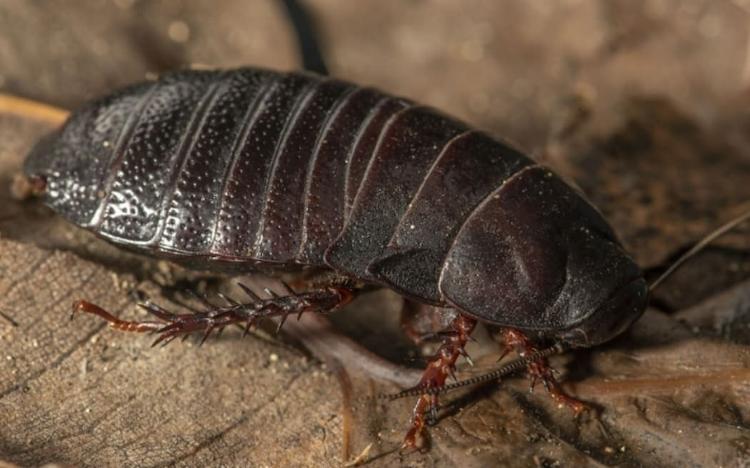A University of Sydney research team has found a giant family of cockroaches thought to be extinct during an expedition in Australia’s Lord Howe Islands archipelago. Biology student Maxim Adams was responsible for the discovery.
The cockroach (Panethia lata) feeds on wood and plays the role of “ecosystem engineer” on the island. The species was last seen 80 years ago.
According to researchers, the cockroach became extinct after rats were introduced to the island in 1918.
Professor Nathan Lo, who led the research team, says that in 2019 a major rodent extermination program on Lord Howe Island was so successful that his team was investigating the possibility of introducing a cockroach population to Lord Howe’s outer islands.
“The team must go to the island black burn there to study cockroaches, but the weather was so bad and they had to stay at Lord Howe’, Professor Lo. Island explained for decades, and I haven’t seen one.”
The cockroach family was under a fig tree.
“For the first 10 seconds I thought, ‘No, it can’t be,'” said Maxim Adams, the student who found the cockroaches. “We were basically doing a little research on Lord Howe to confirm that he was extinct, and the first rock we looked at was there. It was truly incredible.”
Lord Howe Island chief executive Atticus Fleming described the discovery as exciting.
“Lord Howe Island is truly a magnificent place. It is home to 1,600 species of native invertebrates, older than the Galapagos Islands and half of which are found nowhere else in the world,” he said.
Giant cockroach role. Professor Lo says native wood-eating cockroaches play an important environmental role.
“They are incredibly important nutrient recyclers, ecosystem engineers, and a food source for other species,” said Professor Lo.
He argues that the species should not be compared to “common street cockroaches.”
“It doesn’t smell, it doesn’t run very fast, it’s not scary. It’s actually pretty charismatic, you can hold it in your hand,” he said. “It stays in the forest. It doesn’t go into people’s homes. It stays in the forest, recycling wood and garbage to keep the forest healthy.”
“We hope to study their habitat, behavior and genetics to learn more about how they managed to survive,” Professor Lo added.
source: Noticias
